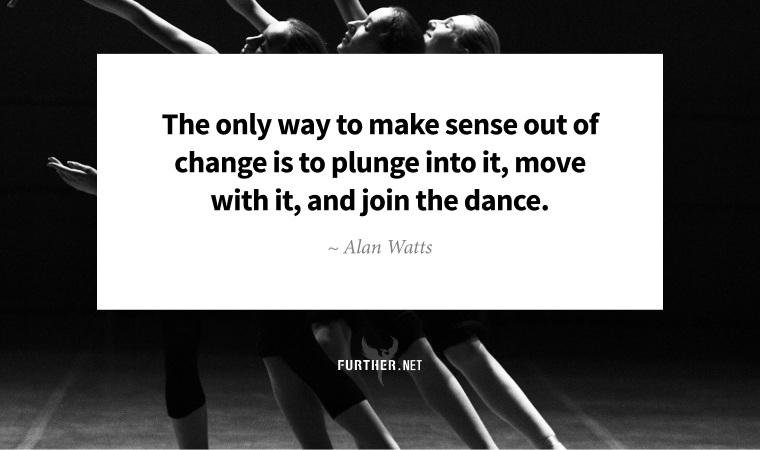
In early September, I traveled with my daughter to her college town, Eugene, Oregon. One night, we witnessed an incredible spectacle: thousands of small birds swirling in a circle before simultaneously plummeting into a large black chimney.
A fellow spectator explained that it was the annual roost for Vaux’s Swifts before they began their autumnal migration south.
Likewise, I was embarking on my own new journey after my mother’s death in August. As it turns out, my inner guidance system brought me to just the right place to discover a path forward.
Navigating Internal Waters
Just as science shows animals rely on magnetism to return to familiar ground, people also have a built-in GPS. The hippocampus — the seat of cognitive functions like memory and navigation — is our primary tool to orient in space and time.
Mental time travel — the ability to remember and reflect, to imagine and plan for the future — is what made us human. It is also the pillar of our personal identity — the narrative string that links our childhood selves to our present selves to make us, across a lifetime of physical and psychological changes, one person.
That string, known as autonoetic consciousness, enables us to see reality as continuous and coherent. The landscapes from our youth form nostalgic connections and leave neurocognitive impressions that help us find fortitude when we need it most.
It’s no wonder I found Eugene so healing. Tucked away in a wooded studio, I spent my days alternating between sitting on a worn wrap-around porch and walking up a crunchy gravel road to a pine-tree-studded preserve. It reminded me of my childhood sleepaway camp in Maine, where I always felt carefree, safe, and happy.
The perfect place to begin regaining my footing after losing my mom.
Fortifying Your Brain’s Pathways
Physical wayfinding — identifying your position and mapping a way forward from there — informs emotional journeys. As M.R. O’Connor explains in Wayfinding: The Science and Mystery of How Humans Navigate the World:
Navigating becomes a way of knowing, familiarity, and fondness. It is how you can fall in love with a mountain or a forest. Wayfinding is how we accumulate treasure maps of exquisite memories.
Getting ample sleep is critical to preserve and protect your hippocampus. Also, gray matter is thickened when you travel to new places or even take novel routes to familiar destinations, drinking in every awe-inspiring detail.
The key is mindfulness — “savoring every unrepeatable moment.”
Because in the end, that’s what you’re left with: a collection of memories that form your sense of self. A loved one’s physical presence may be gone, but your recollections are familiar terrain. And that’s all we need to stay the course as we traverse transformation into the next phase.
Place, Personhood, and the Hippocampus: The Fascinating Science of Magnetism, Autonoetic Consciousness, and What Makes Us Who We Are (Brainpickings)
